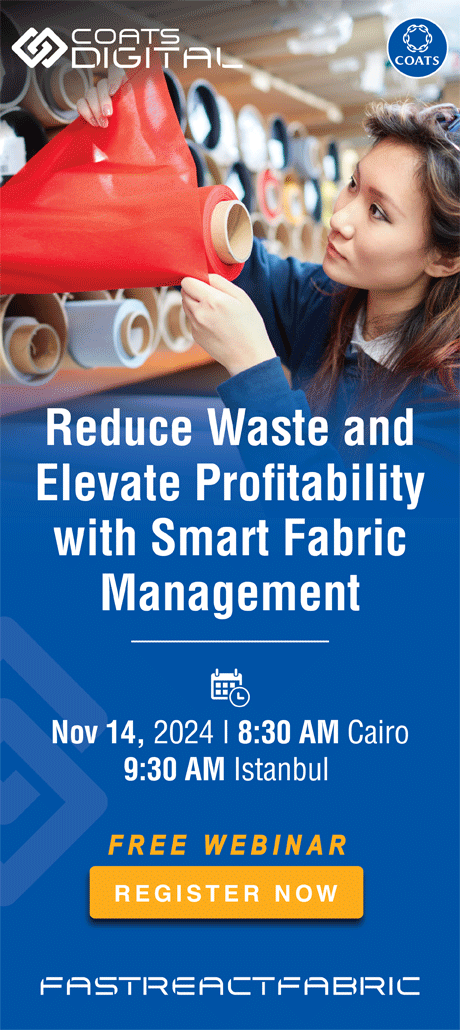Iran-Oman Joint Chamber of Commerce will hold the first online exhibit of the two countries on August 29, Iran Chamber of Commerce, Industries, Mines, and Agriculture (ICCIMA) published on its website.
As reported, the traders and businessmen of the two sides will discuss possible fields of cooperation in the B2B meetings which will be held on the sidelines of the exhibit.
Expansion of trade with the neighboring countries, especially increasing non-oil exports to them, is one of the major plans that the Iranian government is now pursuing, and among the neighbors, Oman is one that the Islamic Republic has attached priority in this due, as the two neighbors enjoy an old history of good political and economic relations as well as many religious and cultural commonalities.
In a meeting with Iran’s new ambassador to Muscat in last November, Sultan of Oman Haitham bin Tariq Al Said expressed his country’s determination to enhance relations with Iran.
The Sultan said his country is resolved to promote and strengthen relations with the Islamic Republic.
As stated, several times by the officials of the two countries, the ground is completely prepared for the expansion of trade relations between Iran and Oman.
Emphasizing that the basic infrastructure is prepared for the development of trade relations between Iran and Oman, Mohsen Zarrabi, the head of Iran-Oman Joint Chamber of Commerce, has said that with the beginning of sanctions and the severance of some countries’ relations with Iran, the government of Oman not only did not cut its trade relations with Iran, but also they are trying to increase economic relations with the Islamic Republic in the framework of international relations and with a win-win approach.
“This approach of Oman was maintained even during the outbreak of the coronavirus, and we saw an increase in the shipping lines of this country to Iran in the first month of the current [Iranian calendar] year (March 21-April 21) and the following months”, he stated.
Oman not only did not close its borders during the pandemic, when most countries closed their borders to Iranian goods, but also increased shipping lines to Iran, Zarrabi further emphasized.
According to the official, currently, port relations between the two countries are relatively good and Iranian ships are moving between the ports of Iran and Oman.
He also mentioned Oman as a base for re-exporting Iranian goods noting that the sultanate has free trade agreement with 16 Arab-African countries, the United States, Singapore and four European countries, and noted that Iran should take advantage of this golden opportunity.
Agricultural products, construction materials, building stones, minerals, metals, bitumen, and cement are the major products Iran exports to Oman.
Given the favorable conditions for increasing the diversity of Iranian exports and the existing infrastructure for re-export in Oman, there is a capacity to increase the value of trade between the two sides to $5 billion.
Iran has currently an increasing trend in re-exporting its goods from Oman. In fact, Oman is the only Arab country in the Persian Gulf that accepts Iranian companies through which Iran can reach the markets of other countries.
It is worth mentioning that in January 2020, Iran’s Trade Promotion Organization (TPO) held the first meeting of its Commodity-Country Desk on trade with Oman presided by Farzad Piltan, the director-general of TPO’s Office of Arabian and African Countries.
Despite the U.S. re-imposition of sanctions against Iran, Oman is getting closer to the Islamic Republic both politically and economically. There is also the same approach adopted by Iran, as Iranian companies now prefer to conduct trade with Oman rather than the United Arab Emirates, given that the UAE is highly complying with the sanctions.
Iran is somehow replacing some of its previous strategic trade partners such as UAE with Oman, considering the Sultanate as an economic-trade hub.


















